This is a funny calculation I did. Â I looked at the year I traveled the most for work, and came up over a few thousand dollars short of Executive Platinum.
With the new changes for 2017, those qualifying for Executive Platinum must fly 100,000 miles AND spend $12,000 on flights.
I calculated out that year (a year I spent a third of my life on the road) to see if I would have qualified. Â I didn’t have my exact figures in front of me, but I know my company’s rules and what they’ll reimburse (and what the max I’ll spend for a flight is). Â My quick back of the envelope showed I was way off.
There were a few reasons for this. Â First, most of my trips were to the West Coast or Hawaii. Â I also had one trip to Alaska.
When booking my West Coast trips, to make sure I get the most out of my budget, I always planned my meetings around what flights I could get rather than making plans and finding a flight later. Â I’d usually be able to get flights to San Francisco for around $350, but I bumped it up to $450 in my calculations.
My flight to Hawaii also didn’t cost that much. Â I went there for a conference–and if I were going to spend all that time there, I wanted to hang out some extra. Â Since I was planning on staying extra, I was able to be really flexible on what days I traveled, and I ended up getting a really cheap fare.
Basically, all of my travel decisions revolved around how I could accomplish our travel goals at the lowest price point possible.
It seems to me, from a business traveler perspective, these changes benefit government contractor travel. Â From what I’ve seen through acquaintances who work on government contracts, their flights are usually full-fare flights. Â They are encouraged to book these just in case plans change and they have to re-book (even though that usually ends up costing more than eating the cost once in a while).
These changes hurt your typical road warrior.  They aren’t executive level, but spend their lives on the road for their companies.  The perks they get through travel make it easier for them to complete their work travel, and gives them some perks when they have personal travel.  But they just aren’t spending enough on each flight to hit these minimums.
As a side note, business travel makes personal travel a little less pleasurable because it is more of the same. Â It’s another airplane you are getting on. Â So those perks really helped offset that.
The elite benefits also helped the companies. Â I’ve had so many events that I’ve made through storms and snow because I was prioritized for rebooking. Â I could also spend more time in the office because I didn’t have to plan out ahead, just in case. Â I knew if something went wrong, there was a way I could get to my destination within 24 hours (sometimes involving being creative).
So I find these changes sad for the typical road warrior.  I don’t include  myself in there anymore.  As my role has changed, I’ve become more stationed at home, so in 2014, I stopped going for top status (though still have ended up with some status). Â
I assume I’ll continue to hit Gold from my usual travel, but I won’t bank on my status for upgrades, etc.  I’d rather spend the money on first class tickets than mileage running for the hope that I’ll get upgraded (especially since the new rules require me to spend money anyway).
This wasn’t a decision made because of the changes, but the changes definitely made me feel more confident that it’s the most financially sound decision I can make in this situation.
 Le Chic Geek
Le Chic Geek
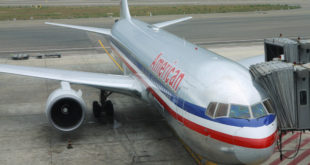
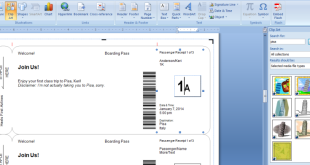

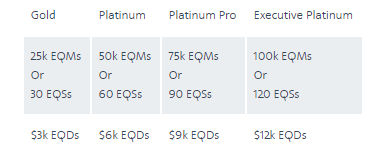
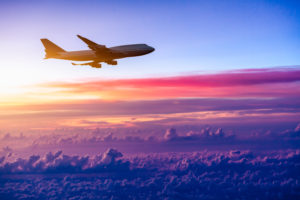
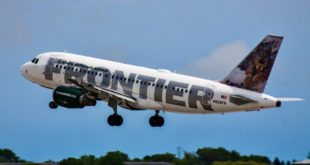
International advance purchase longhaul and transcon flyers are going to be below the eqd threshold on average. Short segment flyers will tend to be a bit above in most cases. I find the switch interesting as revenue based earning is weakest in competitive routes and markets.
Interesting point. I guess the people who usually qualify on segments may win out here.
If I bought my American shuttle tickets ahead of time, I could do 100,000 on the DCA-LGA route for $6,250. But that’s not the normal use case at all.
Love your blog and this post in general. But you have some misconceptions you have about the GSA City Pair program, which I believe is what you’re referring to.
– GSA fares are not available (except in some very rare circumstances) to non-Government employees or military members. They are not applicable to Government contractors (major contractors all have negotiated corporate contract rates anyway).
– The fares are fully refundable and changeable with no cancelation fees. They feature last seat availability up until the very last minute. Even so, they are much cheaper than comparable fully refundable fares available publicly.
– Fares are on a one-way basis to facilitate agencies with a lot of multi-stop travel. A roundtrip – even internationally – is simply 2X the one-way awarded fare; no penalty for one-way international travel.
– Fares for each city-pair are awarded annually on a best value basis factoring in price, nonstop service, on-time performance, etc.
– Your implication that travelers are blindly encouraged to use GSA city pairs in a manner that costs more is incorrect. In exchange for agreeing to such excellent pricing, the contracts require covered travelers to use the applicable contract fare unless mission requirements require otherwise, which is approved by local management on a case by case basis.
– On some routes, capacity controlled City Pair awards are available with the same benefits at a further savings.
– The awarded carrier for each city-pair is locked in for each fiscal year which is October to September. While on some routes the winning carrier rarely changes, on many it changes from year to year. Speaking from personal experience, the October changeover date (where a new carrier may often take over) can make it difficult, if not impossible, to attain a high elite level status (or any status in some cases) since the elite qualifying periods are generally on the calendar year. I can’t continue flying Airline A after October just for personal preference if Airline B is now the contract carrier.
– Also, the winning carrier from your home airport is often different for the various routes. So traveling to say, 6 different destinations from my airport, there could be 3-4 different GSA city pair carriers on those routes. Again, I can’t just stick with one carrier out of preference so I can’t build EQMs easily.
– Many agencies, especially in DoD, have missions such that travel CAN’T be firm and unchangeable in a way that booking non-refundable fares is affordable. That’s part of the point of the GSA City Pair program.
– If I needed to fly from CLE to LHR tomorrow, one-way because I’m not sure of the return or if I have to go on to another destination after that, the cheapest I could get publicly is about $1,300 for non-refundable, non-changeable last minute ticket. The same would cost me $532-$582 with the GSA fare.
– I once worked in an organization where the Director was convinced he was going to save money and only buy non-refundables for us. Ended up costing way more due to changes in dates, locations, and which employees ended up traveling.
I actually had no idea about this program! I know people who work for non-government contractors (their business itself is not part of the government, but they get a lot of contracts from them).
This is really informative, thanks!
“These changes hurt your typical road warrior. They aren’t executive level, but spend their lives on the road for their companies. “. I’m not an executive and these changes benefit me for sure. My average fare is $950 these days
Oh nice! What sort of routes do you have, if you don’t mind me asking?